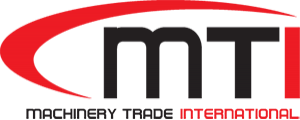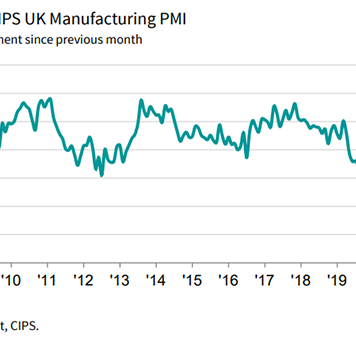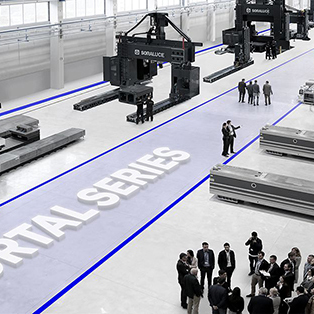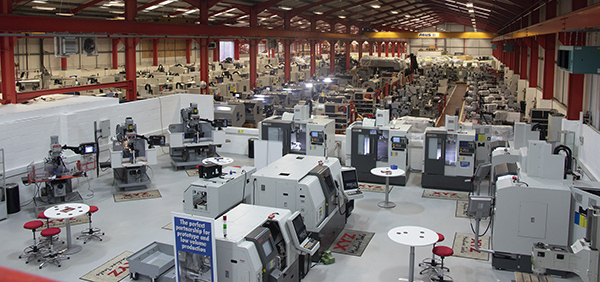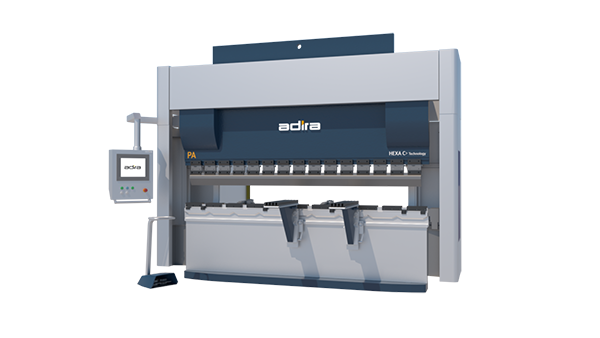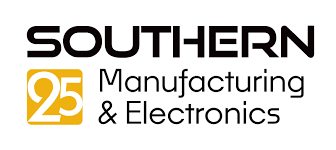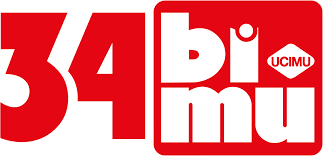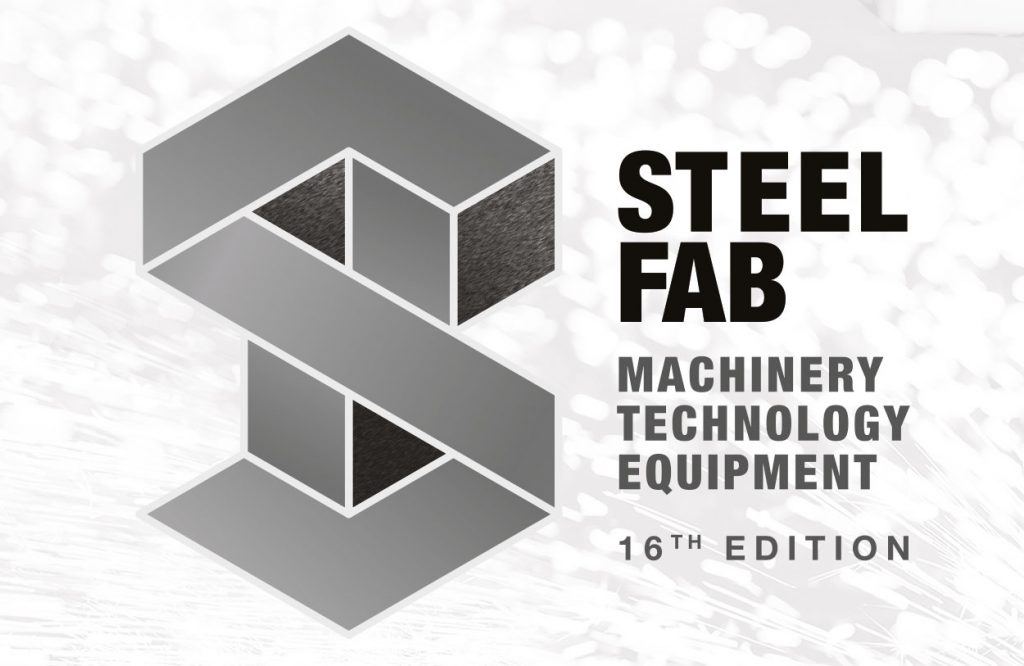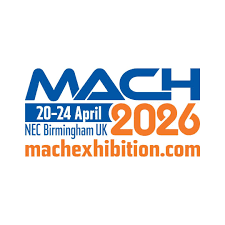
April saw a further acceleration in the UK manufacturing sector’s rate of expansion. Growth of output and new orders were both among the best seen over the past seven years, leading to a solid increase in employment. The seasonally adjusted IHS Markit/CIPS Purchasing Managers’ Index (PMI) rose to 60.9 in April, up from 58.9 in March and above the earlier flash estimate of 60.7. The latest reading is the highest since July 1994’s record high (61.0).
Manufacturing production increased for the 11th successive month in April. Underpinning the latest robust expansion of production was a similarly marked improvement in new business intake, while two-thirds (66%) of companies predict that output will be even higher in a year’s time. In fact, the overall degree of confidence currently stands at its highest level in seven years.
For further information www.markiteconomics.com
